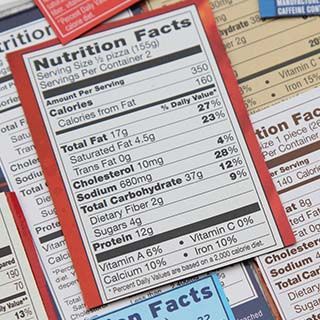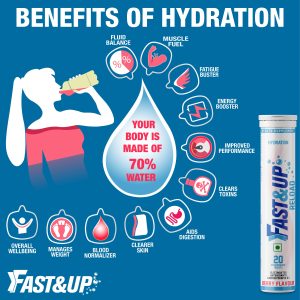
When it comes to making smart choices about the food we eat, one of the most valuable tools at our disposal is the food label. Food labels provide us with crucial information about the nutritional content of the products we consume and can help us make informed decisions about our diet. By understanding how to read food labels, we can make healthier choices and better manage our overall well-being.
The Basic Components of Food Labels
A typical food label consists of several key components:
Product Name and Brand
Net Weight or Volume
Ingredient List
Nutrition Facts
Allergen Information
Health Claims
These components provide valuable information about the product’s contents and nutritional value, allowing consumers to make informed decisions based on their individual dietary needs and preferences.
Understanding the Nutrition Facts
The Nutrition Facts section is perhaps the most important part of any food label. It provides an overview of the product’s nutrient content, serving size, and servings per container. Here are some key things to look out for:
Serving Size: This tells you the amount of food typically consumed in one sitting and helps you gauge the nutritional content accurately.
Calories: This indicates the amount of energy provided by one serving of the food. It is important to note that the number of calories can differ according to the serving size.
Total Fat, Saturated Fat, and Trans Fat: These values help you make heart-healthy choices by managing your intake of these fats.
Cholesterol and Sodium: Excessive intake of cholesterol and sodium can have adverse effects on your health. Monitor your intake and make choices accordingly.
Total Carbohydrates: This includes both dietary fiber and sugar. Pay attention to the sugar content as excessive sugar consumption can lead to various health issues.
Protein: Protein is crucial for various bodily functions. Ensure that you are consuming an adequate amount based on your dietary needs.
Deciphering the Ingredient List
The ingredient list provides an itemized breakdown of the contents of the product, with the highest quantity ingredient listed first. Here are a few tips to consider:
Avoid products with long ingredient lists filled with unfamiliar or artificial ingredients.
Choose products with whole, recognizable ingredients, and minimal additives.
Beware of hidden sugars, as they can be listed under different names such as high fructose corn syrup, maltose, or dextrose.
Look for whole grains and avoid refined flours or grains.
Allergen Information and Health Claims
Food labels also indicate any potential allergens present in the product. Common allergens, such as peanuts, tree nuts, gluten, soy, milk, and eggs, should be clearly stated. Additionally, keep an eye out for health claims such as “low fat,” “high in fiber,” or “sugar-free.” These claims often suggest specific benefits or characteristics of the food, helping you make more informed choices based on your individual needs.
Conclusion
Reading food labels is an essential skill for making smart choices about our diet and overall health. By understanding the components of food labels and knowing what to look for, we can empower ourselves to make informed decisions about the foods we consume. From monitoring our calorie intake to managing our intake of fats, sugars, and allergens, food labels provide the crucial information needed to maintain a healthy and balanced diet. So, the next time you’re at the grocery store, take a moment to read the food labels and make choices that benefit your well-being.
By Your Name

